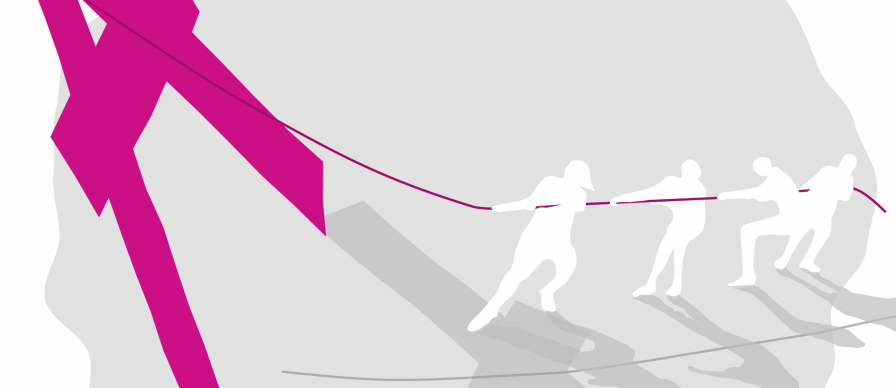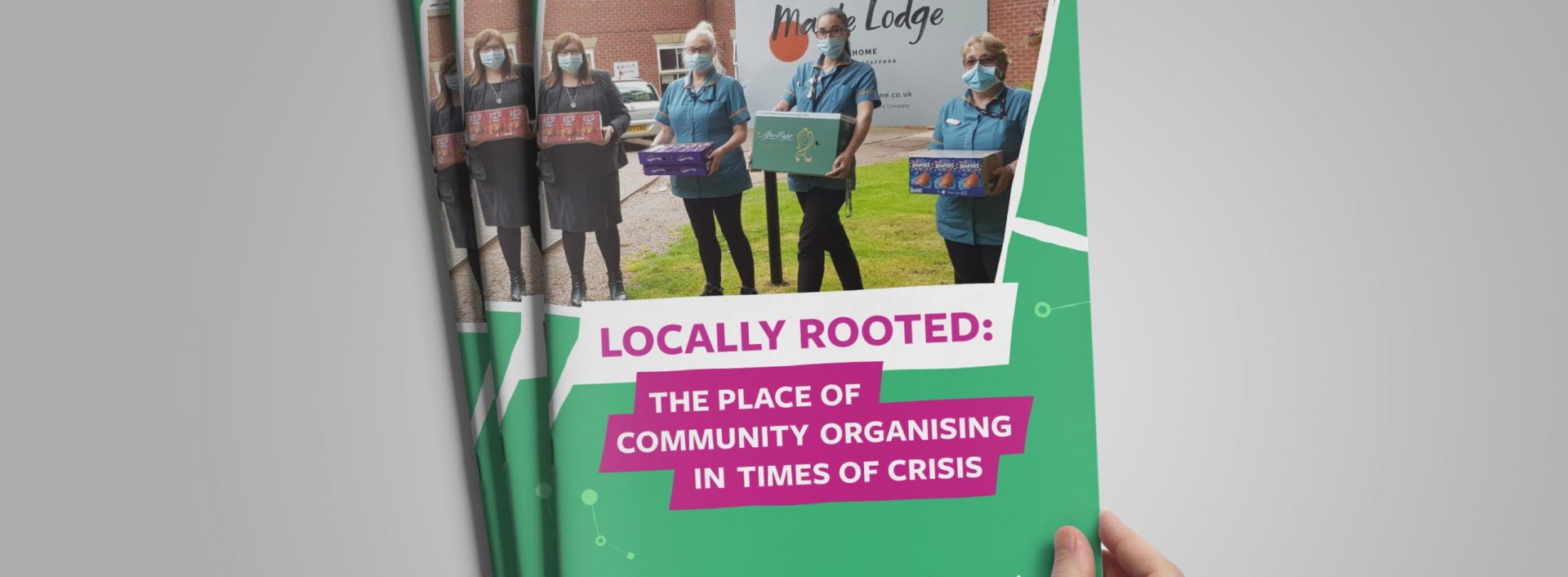The response of community organising groups
Practical help
Often community organising groups have been first responders, because they know their communities and are already connected and trusted there. They have organised food deliveries, collected medications, made ‘checking in’ calls to ensure people are not isolated.
Gathering and providing information
Listening and reach – making sure that everyone’s voices are heard – are at the heart of the community organising process. Often community organising groups are the “Go To” organisation – both for local people wanting information and local agencies who want to extend their reach.
Promoting collaboration
Organisers have supported other local agencies to ensure that responses are co-ordinated, identifying duplication and providing peer support and sometimes mediating between different approaches.
Connecting people
The connections and trust that community organisers have built up over the years – within their neighbourhoods but also across neighbourhoods and with local organisations – have been essential in responding to COVID-19. Organisers have adapted to online working and in so doing have extended their reach. Their local knowledge also ensures that they reach those who are digitally excluded, using arts for example and improving access to technology.
Changing policy and practice
Communities cannot always resolve issues of local concern on their own. To address these, organisers have worked with local people to identify where the power lies, who they need to influence and how to make their case.



